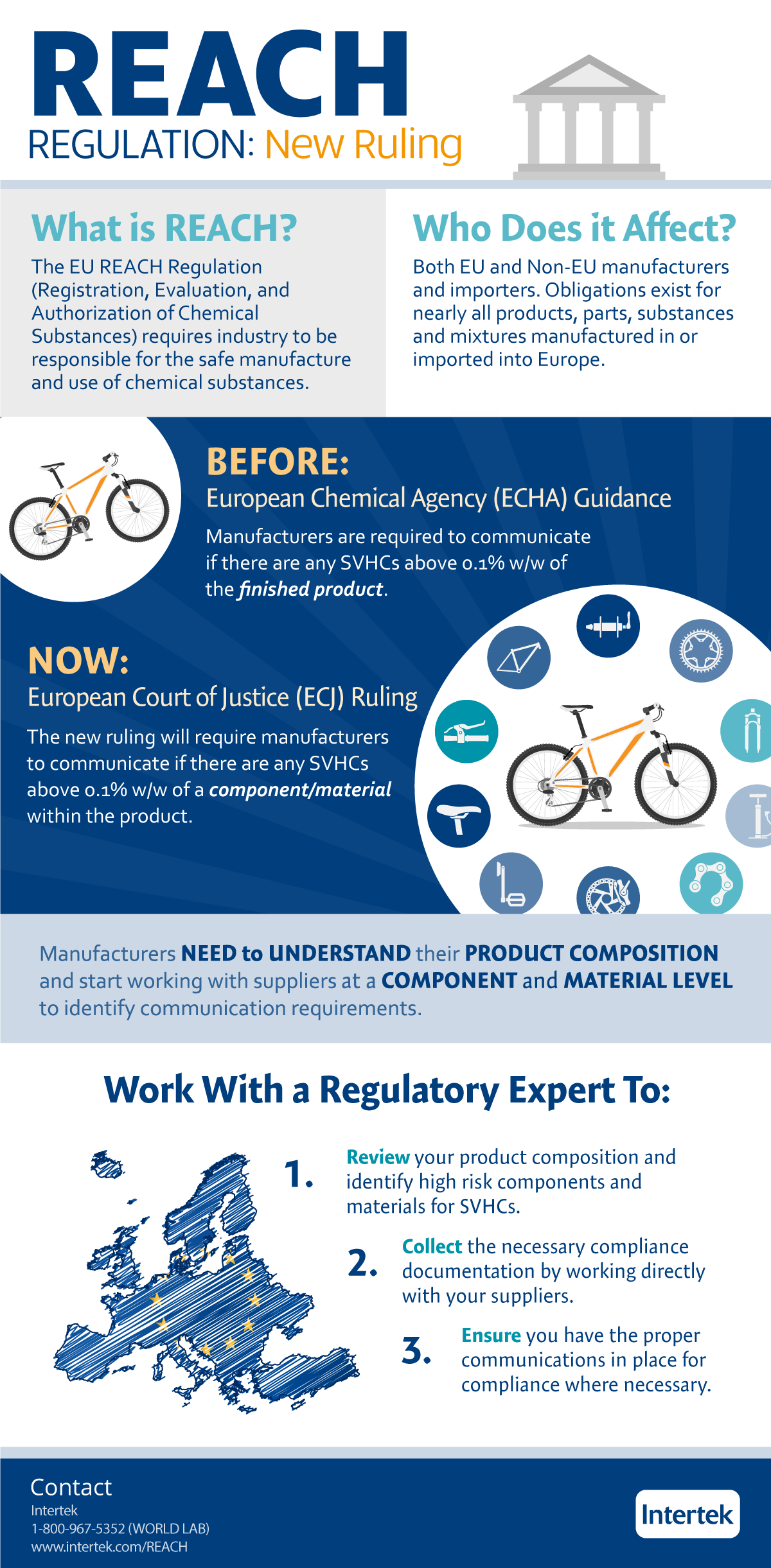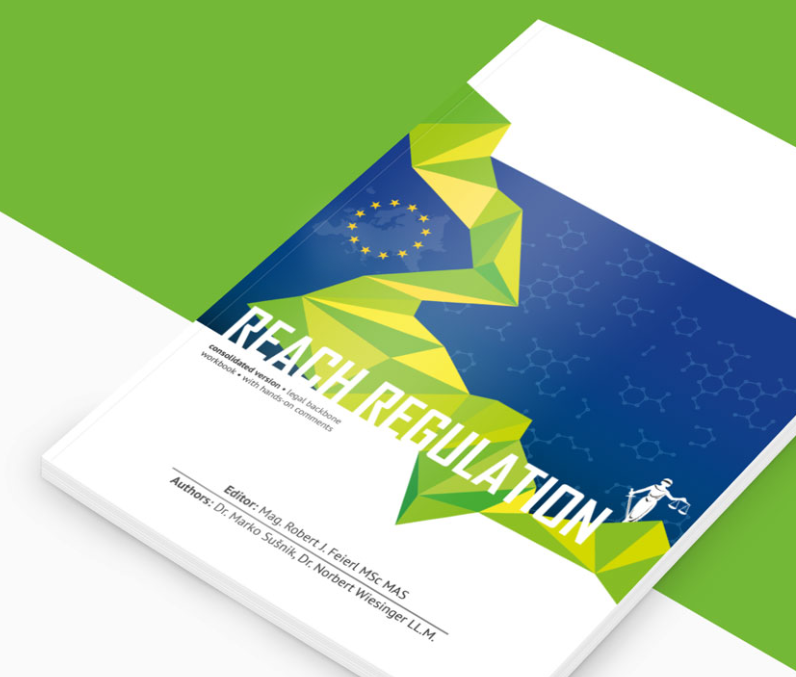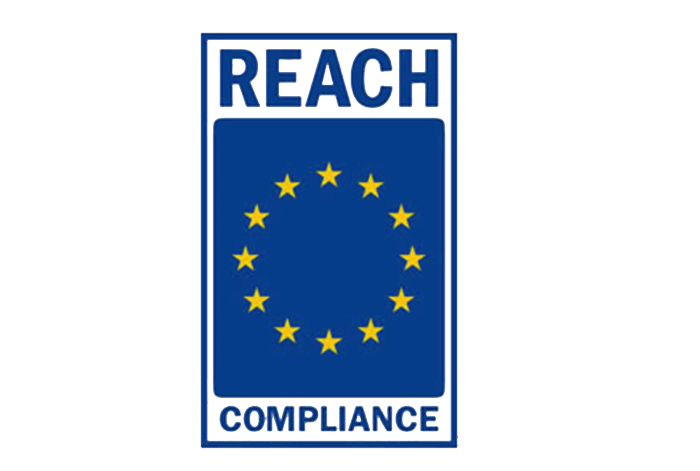Reach Regulation 2022 : What it is
Reach Regulation 2022: What it is?
The Reach Regulation 2022 is a significant piece of legislation that aims to ensure the safe use of chemicals in the European Union (EU). It stands for Registration, Evaluation, Authorization, and Restriction of Chemicals and came into effect on June 1, 2007. The regulation was created to protect human health and the environment from the potential risks posed by chemicals and to enhance the competitiveness of the EU chemicals industry.
Subheading 1: Understanding the Reach Regulation

The Reach Regulation is a complex framework that requires businesses to take responsibility for the chemicals they manufacture, import, or place on the EU market. It applies to a wide range of substances, including those used in everyday products like cleaning agents, cosmetics, and electrical appliances.
Under Reach, companies must gather information on the properties and hazards of the chemicals they produce or import and share this information with their customers. This data helps to identify and manage the potential risks associated with these substances.
Subheading 2: Compliance and Enforcement

The Reach Regulation places the responsibility of compliance on businesses. They must demonstrate that they have assessed and effectively managed the risks associated with the chemicals they manufacture or import. Non-compliance can lead to severe penalties, including fines and the withdrawal of products from the EU market.
To ensure enforcement, the European Chemicals Agency (ECHA) oversees the implementation of Reach. They monitor the registration of substances, evaluate their potential risks, and manage the authorization process for substances of concern. The ECHA maintains a public database called the REACH Chemicals Database, where companies can access vital information about registered substances.
Subheading 3: Impact on Industries and Consumers
The Reach Regulation has had a profound impact on various industries and consumers. Here are some key areas affected:
- Chemical Manufacturers: Manufacturers must now provide detailed information about the substances they produce, resulting in increased transparency and accountability.
- Importers: Importers are required to ensure that the chemicals they import comply with Reach. This has led to stricter controls on substances entering the EU market.
- Consumers: Reach has enhanced consumer safety by phasing out or restricting the use of certain hazardous substances in consumer products. This includes substances associated with health issues or environmental pollution.
- Innovation and Research: The Reach Regulation has stimulated innovation in the development of safer alternatives to hazardous substances, encouraging research and investment in greener technologies.
FAQ
Q1: What are the main objectives of Reach?
A1: The main objectives of Reach are to protect human health and the environment while ensuring the free movement of chemicals in the internal market of the EU.
Q2: Does Reach only apply to chemicals produced or imported within the EU?
A2: No, Reach also applies to chemicals produced or imported from outside the EU. This ensures that the same level of protection is applied to all substances placed on the EU market.
Q3: Can consumers access information about chemicals in products?
A3: Yes, consumers can access information about chemicals in products through the REACH Chemicals Database. This enables them to make informed choices and understand potential risks associated with certain substances.
Q4: Does Reach regulate all chemicals?
A4: Reach regulates a wide range of chemicals, but there are some exemptions. For example, certain substances used in food, pharmaceuticals, and radioactive substances fall under specific legislation and are not covered by Reach.
To conclude, the Reach Regulation 2022 is a crucial piece of legislation that prioritizes the safety of chemicals and their impact on human health and the environment. It has significantly improved the transparency and management of chemicals and has spurred innovation in greener alternatives. By complying with Reach, businesses contribute to a safer and more sustainable future for all.
Sources:
- Intertek - Surfeaker: https://intertek-cdn.s3.amazonaws.com/www-intertek-com/images/Global/blogs/2015/Intertek-REACH-Ruling-Infographic.png
- PYMNTS: https://securecdn.pymnts.com/wp-content/uploads/2022/01/regulation-2022.jpg
Note: The content of this article is for informational purposes only and does not constitute legal advice. Please consult with legal professionals for specific guidance on Reach Regulation compliance.
Disclaimer: This article is not generated by AI.
0072 REACH Regulation Compliance Assessment By CRA Europe - Issuu
 Image Source : issuu.com
Image Source : issuu.com emissions audit scheme issuu
REACH Regulation - A Workbook With Hands-on Comments | Knoell
 Image Source : www.knoell.com
Image Source : www.knoell.com Regulatory Consulting | REACH Services | CLP Services | China REACH
reach eu regulation cirs regulations regulatory consulting clp region services
What Is Reach Regulation – Surfeaker
 Image Source : www.surfeaker.me
Image Source : www.surfeaker.me Cosmetic Companies Obligations Under REACH Regulation – CRITICAL CATALYST
 Image Source : criticalcatalyst.com
Image Source : criticalcatalyst.com reach compliance regulation oxide calcium obligations companies
Regulation Meets Technology In 2022: New Rules | PYMNTS.com
 Image Source : www.pymnts.com
Image Source : www.pymnts.com Reach Regulation: The Way To “Green Chemistry” | P&S Legal
 Image Source : www.pandslegal.it
Image Source : www.pandslegal.it regulations
Understanding The UK And EU REACH Regulations
 Image Source : www.the-sustainable-fashion-collective.com
Image Source : www.the-sustainable-fashion-collective.com reach regulation eu regulations
Regulation meets technology in 2022: new rules. Reach compliance regulation oxide calcium obligations companies. What is reach regulation – surfeaker. Reach regulation: the way to “green chemistry”. Regulatory consulting